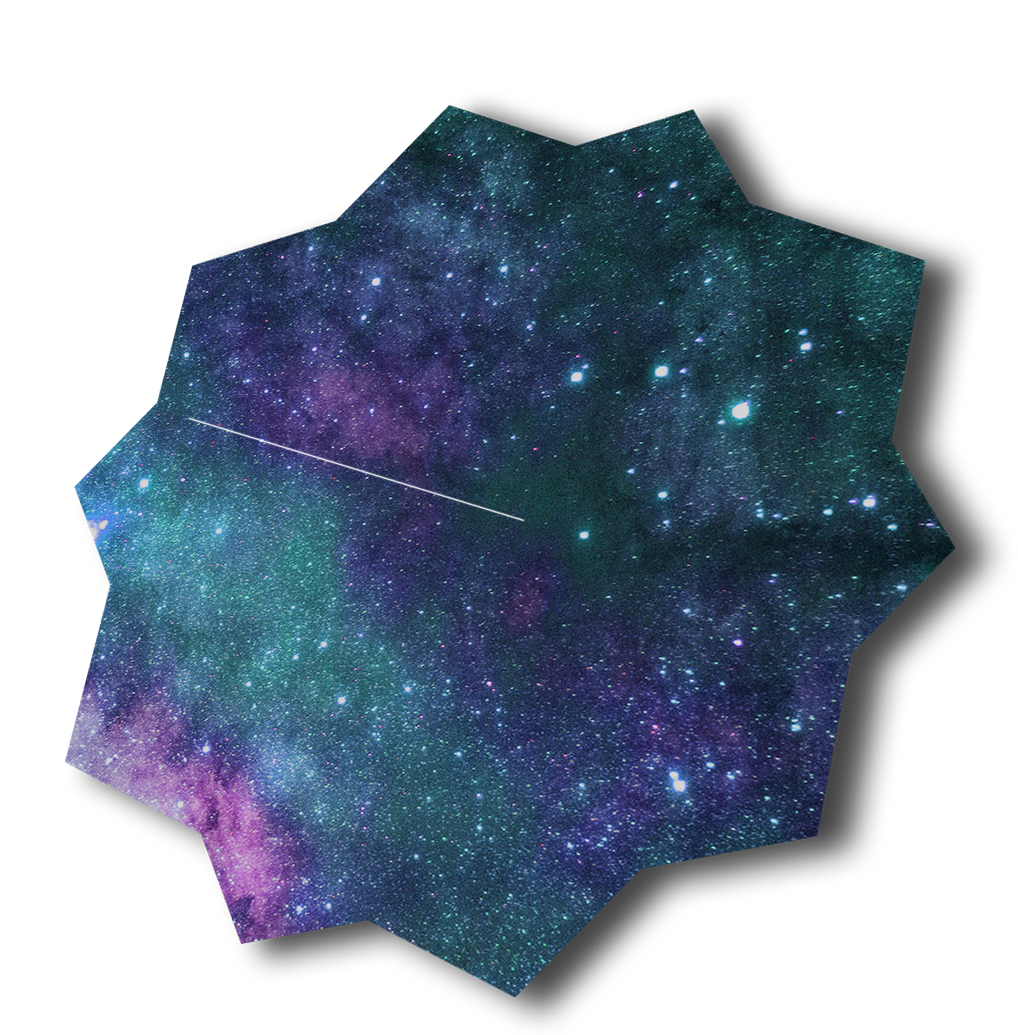Falling Star Course
Course Introduction
Overview
This course introduces e-learning students to a scientific approach used to understand meteors and meteorite impacts. Students will learn how to conduct an actual experiment and analyze the data created from the experiment to reach certain conclusions regarding meteor and meteorite phenomena.

Objectives
This course is just a succession of steps, but understanding your next step is a crucial part of the learning process. Here are the course objectives:
- This interactive course will teach learners how common it is for craters to end up rounded in shape, even without regard to the shape or angle of impact of the given object hitting the surface.
- This interactive course will teach learners how older craters will have deteriorated rounded shapes because of interference from other meteorites hitting the older craters in the same, or nearby surface areas.
- This interactive course will teach learners how meteorites colliding with the surface from angles that are very low will propel surface material onto one side of the crater thereby exhibiting a snow shovel effect, such as when Earthlings are shoveling snow off their driveways.
- This interactive course will teach learners how meteorites hitting the surface from directly above, and without any kind of angle, will form a crater more proportional and extending more equally with the surface area.
- This interactive course will teach learners how mass and acceleration of a meteorite change the depth and size of craters more that the meteorite’s diameter and width.
- This interactive course will teach learners how the same object released from the same angle but from a higher distance will create a larger crater.
What to Expect
This course is concerned with meteorites and craters left behind from meteorite impacts. Craters and meteorite impacts share some common characteristics with one another which will be demonstrated in this course.
- The interactive course will teach learners how common it is for craters to end up rounded in shape, even with no regard to the shape or angle of impact of the given object hitting the surface.
- The interactive course will teach learners how older craters will have deteriorated rounded shapes because of interference from other meteorites hitting the older craters in the same, or nearby surface areas.
- The interactive course will teach learners how meteorites colliding with the surface from angles that are very low will propel surface material onto one side of the crater thereby exhibiting a snow shovel effect, such as when people are shoveling snow off their driveways.
- The interactive course will teach learners how meteorites hitting the surface from directly above, and without any kind of angle, will form a crater more proportional and extending more equally with the surface area.
- The interactive course will teach learners how mass and acceleration of a meteorite change the depth and size of craters more that the meteorite’s diameter and width.
- The interactive course will teach learners how the same object released from the same angle but from a higher distance will create a larger crater.
Falling Star Course Introduction
Preliminary Quiz
Please complete the quiz to proceed.
![]()
